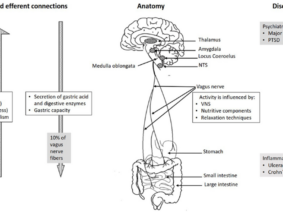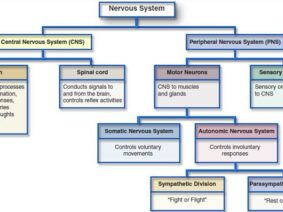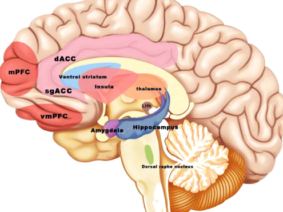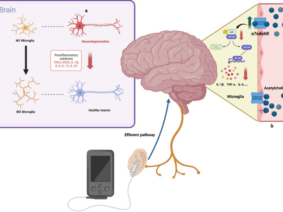Non-invasive bilateral auricular VNS regulates the sympathetic and parasympathetic systems. Explore its effects and applications in healthcare.
Understanding the Autonomic Nervous System: Maintaining Body Homeostasis
The sympathetic and parasympathetic systems, collectively known as the autonomic nervous system (ANS), maintain body homeostasis. The sympathetic system triggers “fight or flight,” while the parasympathetic system promotes “rest and digest.” Imbalances lead to health issues, including cardiovascular disorders, mental health conditions, and gastrointestinal problems.
Non-invasive bilateral auricular VNS stimulates the vagus nerve, a primary component of the parasympathetic system. It uses a small electrical device placed on the outer ear, targeting specific points associated with the vagus nerve. The electrical stimulation activates the vagus nerve and triggers a response in the parasympathetic system.
Promising Results: Effects of VNS on the Autonomic Nervous System
Research shows promising results for non-invasive bilateral auricular VNS. It promotes relaxation, reduces heart rate, and lowers blood pressure by activating the parasympathetic system. It also modulates neurotransmitter release, aiding regulation of the sympathetic and parasympathetic systems.
The potential applications of non-invasive bilateral auricular VNS are vast. In the field of mental health, this therapy has shown promise in alleviating symptoms of anxiety, depression, and post-traumatic stress disorder (PTSD). It can also be beneficial for individuals with chronic pain conditions, as VNS has been found to modulate pain perception.
Furthermore, non-invasive bilateral auricular VNS has demonstrated positive effects on gastrointestinal disorders such as irritable bowel syndrome (IBS) and gastroparesis. By enhancing the parasympathetic activity, VNS promotes improved digestion and reduces gastrointestinal symptoms.
In conclusion, non-invasive bilateral auricular VNS offers a promising approach to modulating the sympathetic and parasympathetic systems for therapeutic benefits. Its ability to activate the vagus nerve and promote parasympathetic activity opens doors to potential applications in mental health, pain management, and gastrointestinal disorders. As research continues to unfold, non-invasive bilateral auricular VNS may prove to be a valuable tool in the field of healthcare.






